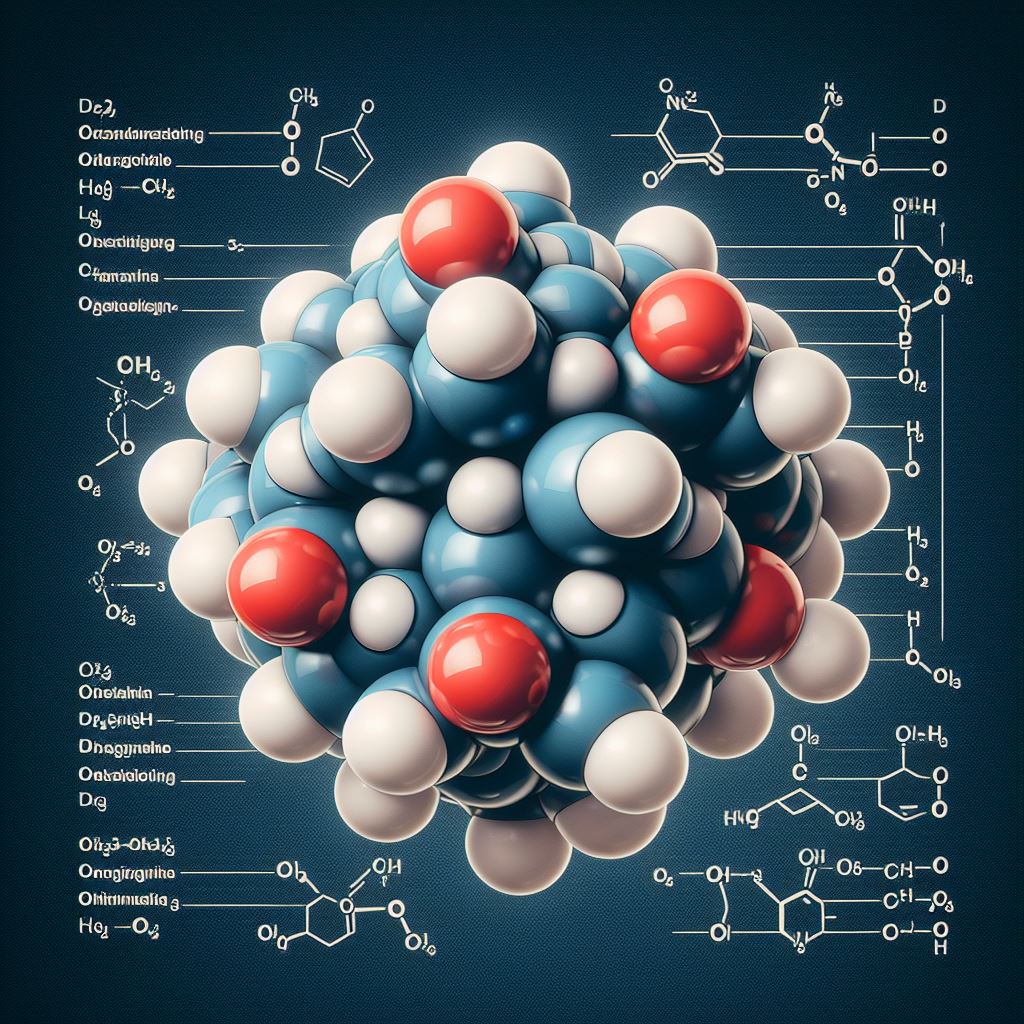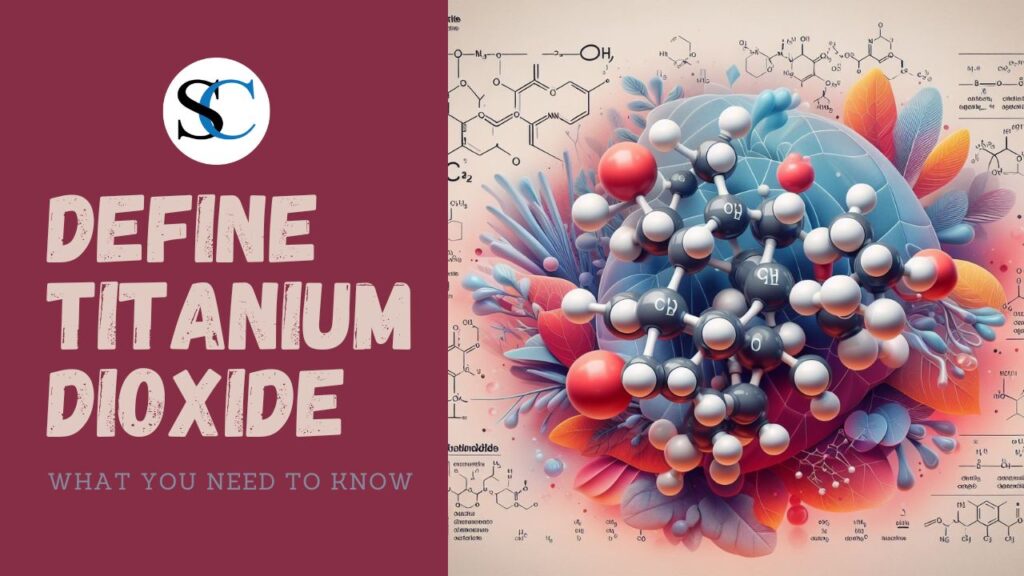The White Pigment at the Center of a Storm:
Define Titanium Dioxide (TiO2) – a seemingly innocuous white pigment – has become entangled in a complex web of scientific debate, regulatory changes, and consumer concerns. From brightening our sunscreens to whitening our toothpaste, TiO2 has carved a ubiquitous niche in our daily lives. Yet, recent developments raise questions about its safety, leaving many wondering: What exactly is titanium dioxide, and what do I need to know about it?
Unpacking the Basics: Define Titanium Dioxide
TiO2 is a naturally occurring mineral composed of titanium and oxygen. It exists in various forms, but the ones raising concerns are nano-sized particles (less than 100 nanometers) due to their unique properties and potential risks. These nanoparticles are incredibly white and opaque, making them desirable in a wide range of products:
- Paints, plastics, and cosmetics: Enhancing whiteness and opacity for vibrant colors and bright finishes.
- Sunscreens: Blocking harmful UV rays and protecting our skin from sunburn.
- Self-cleaning surfaces: Utilizing photocatalytic properties to break down dirt and grime under sunlight.
A Cause for Concern?: Define Titanium Dioxide
In 2021, the European Chemicals Agency (ECHA) classified certain forms of TiO2 as potentially carcinogenic when inhaled. This classification, based on scientific studies, suggests a possible link between exposure to airborne TiO2 nanoparticles and lung cancer. While the immediate risk for consumers using finished products is considered low due to minimal dust exposure, the classification triggered a ripple effect:
- Increased consumer awareness: Many individuals are now scrutinizing product labels and seeking alternatives labeled “nano-free” or “non-nano” TiO2.
- Regulatory shifts: Global regulatory bodies are actively reassessing the safety of TiO2, potentially leading to stricter regulations or bans on specific forms.
- Industry re-evaluation: Manufacturers are now exploring safer alternatives and implementing stricter dust control measures in production processes.

Navigating the Maze: Define Titanium Dioxide
As research and regulations evolve, it’s crucial to stay informed and make informed choices:
For Consumers:
- Stay updated: Regularly consult credible sources like scientific journals or reputable news outlets for the latest information on ECHA’s classification and the evolving scientific landscape.
- Seek safer alternatives: Look for products labeled “nano-free” or “non-nano” TiO2 whenever possible. Opt for larger-particle TiO2 or alternative ingredients when available.
- Advocate for transparency: Support initiatives calling for clear labeling of TiO2 content and particle size in consumer products.
For Businesses and Manufacturers: Define Titanium Dioxide
- Evaluate product formulations: Conduct a thorough risk assessment of your current TiO2 usage and explore safer alternatives. Consider naturally occurring or synthetic pigments with similar functionalities.
- Implement control measures: If using powdered TiO2, prioritize effective dust control measures in production facilities to protect worker health. This includes proper ventilation, personal protective equipment, and dust suppression systems.
- Stay updated on regulations: Monitor regulatory changes and adapt your practices accordingly to ensure compliance and responsible use.
The Future of the White Pigment: Define Titanium Dioxide
The evolving landscape surrounding TiO2 presents both challenges and opportunities. While the safety concerns are a valid cause for action, it’s important to remember that TiO2 has valuable properties and applications. The key lies in finding a responsible balance:
- Research and development: Constant innovation in developing safer alternatives and mitigating potential risks is crucial. This includes exploring larger TiO2 particles, alternative pigments, and improved dust control technologies.
- Responsible manufacturing and use: Implementing stricter safety protocols in production processes and prioritizing responsible use of TiO2 across industries.
- Transparency and communication: Open communication between scientists, regulators, manufacturers, and consumers is essential to build trust and ensure informed decision-making.
Conclusion: Define Titanium Dioxide
Titanium dioxide is a complex issue with no easy answers. By understanding the science behind the concerns, staying informed about evolving regulations, and making responsible choices, we can navigate this landscape together. Remember, the future of TiO2 lies in our collective commitment to innovation, safety, and transparency. As we move forward, let’s strive for solutions that prioritize the well-being of all while ensuring continued progress and responsible use of this versatile white pigment.







Pingback: Titanium Dioxide Dangerous? What You Need To Know And Do - Safe Climber Overseas Pvt. Ltd.